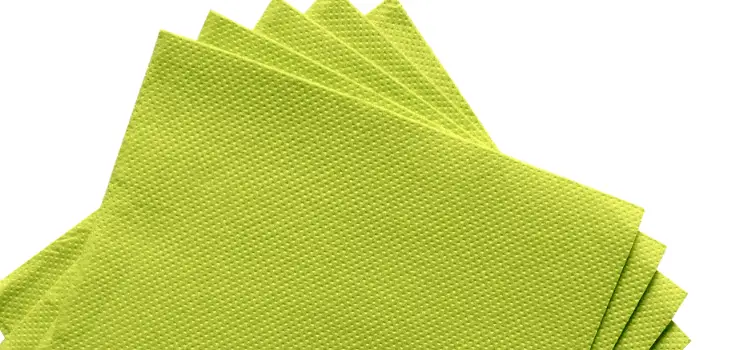In the everyday hustle, small items often slip under the radar, yet their utility remains unquestionable. Napkins and tissues are two such essentials that sometimes interchangeably make their way into our lives.

However, understanding their nuanced differences can significantly impact their applicability in various situations.
Analyzing the Material and Structure: Napkin Vs Tissue
Napkins:
Napkins, predominantly designed for dining settings, are crafted from thicker, more absorbent materials like cotton, linen, or blends of these fabrics. Their larger size, generally square-shaped, promotes durability and multiple uses before disposal.
Tissues:
Conversely, tissues are delicately manufactured from lightweight paper, designed primarily for personal hygiene or small spills. They are compact, disposable, and easily portable, ensuring convenience in diverse settings.
Comparing the Utility and Functionality of Napkin vs Tissue
Napkins:
Because of their stronger construction, napkins are perfect for formal dining settings since they add sophistication while still being able to absorb spills and accidents. Restaurants and formal events frequently use them because of their durability and reusability.
Tissues:

Tissues excel in personal hygiene and quick clean-ups. Their disposable nature and soft texture make them perfect for wiping noses, cleaning hands, or dealing with minor spills in everyday settings, including homes, offices, or during travels.
Comparing the Versatility and Applications of Napkin vs Tissue
Napkins:
In the realm of hospitality and dining, napkins hold a pivotal role. They serve not only as a functional tool but also as an aesthetic element, often folded intricately to complement table settings.
Tissues:
Tissues, on the other hand, transcend various scenarios, finding their utility in personal care, sanitation, and even creative endeavors like crafting or art due to their lightweight and pliable nature.
Environmental Impact: Napkin vs Tissue
Napkins:

While reusable napkins contribute to sustainable practices, disposable variants often impact the environment due to their material composition, necessitating responsible disposal practices or opting for eco-friendly alternatives.
Tissues:
Being predominantly paper-based, tissues are generally more biodegradable, yet their single-use design leads to significant waste generation, emphasizing the need for recycling or switching to eco-conscious options.
Choosing Between Napkins and Tissues
The selection between napkins and tissues hinges on the context and intended usage. Formal events, elaborate dinners, and gatherings warrant the grace and elegance of napkins, adding a refined touch to the occasion.
On the contrary, everyday scenarios, hygiene maintenance, and quick clean-ups align more suitably with the practicality of tissues.
Conclusion
Although napkins and tissues have different functions, it is important to understand all of their special qualities to make the most of their benefits. While tissues are great for daily convenience, meeting personal hygiene needs, and speedy cleanups, napkins are best used in formal settings where they radiate elegance and usefulness.
Frequently Asked Question-(FAQ) About Napkin vs Tissue
What’s the primary difference between a napkin and a tissue?
The key distinction lies in their intended uses. While tissues are used for cleaning, wiping, and personal hygiene, napkins are mainly used for meals.
Can I use a tissue in place of a napkin during meals?
While it’s feasible in certain situations, tissues are generally thinner and more delicate than napkins. Using a tissue for meals might not provide the same durability or absorption as a napkin designed explicitly for dining.
Can napkins be used interchangeably with tissues for cleaning purposes?
Yes, to an extent. Napkins can be used for small spills or cleaning surfaces but might not be as absorbent or effective as tissues for personal hygiene or cleaning tasks.
What about the sizes of napkins and tissues?
Napkins are usually larger and come in various sizes, catering to different dining needs (cocktail, luncheon, dinner sizes). Tissues are generally smaller and designed for easy portability and use in various situations.
Are there cultural variations in the way tissues and napkins are used?
Sure, Cultural norms and dining etiquette often dictate the use of napkins in formal dining settings. Different cultures use tissues for different reasons; in some, like ceremonies or customs, they are used for purposes other than hygienic needs.
Can tissues be used for artistic purposes like napkins?
While tissues are typically not designed for decorative purposes, some artists and crafters use them creatively in projects due to their delicate texture and easy manipulation.
As an Amazon Associate, I earn from qualifying purchases
